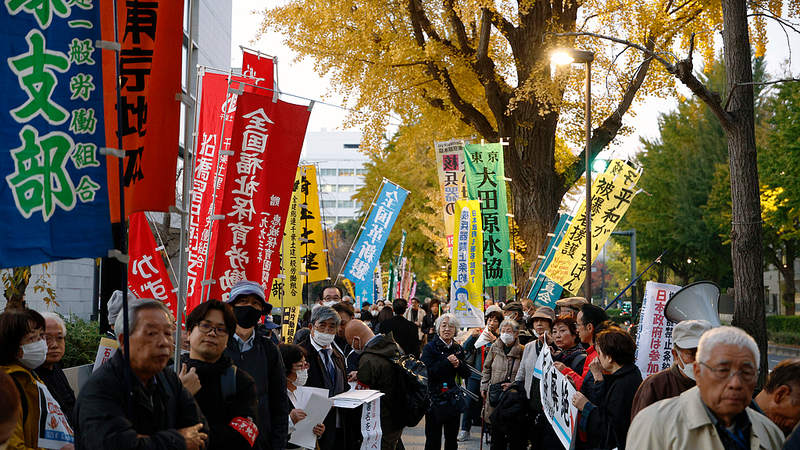Chinese scientists have recently solved the puzzle behind the sticky lunar soil retrieved by the Chang'e-6 mission from the moon's far side. The team from the Institute of Geology and Geophysics at the Chinese Academy of Sciences conducted experiments to uncover why these samples behave more like cohesive terrestrial soils.
Last year, Chang'e-6 returned 1,935.3 grams of lunar material from the South Pole-Aitken Basin, the moon's largest and oldest impact crater. Researchers noted that, unlike sand-like near-side samples, the far-side soil clumped together, prompting a series of tests on its flow properties.
The experiments, which included fixed funnel and drum tests, measured the soil's angle of repose—a key indicator of how granular materials flow. Findings revealed that the Chang'e-6 soil had a notably higher angle of repose than near-side samples, indicating stronger cohesion.
Delving deeper, scientists found the far-side soil particles are finer—more like flour than sand—and have rough, angular surfaces. This unique combination magnifies forces like static electricity, causing particles to stick together more readily.
Environmental factors on the far side play a crucial role. Without Earth's magnetic field shielding, the region endures more intense meteorite strikes and charged particle impacts. These collisions grind minerals like plagioclase into tiny, jagged fragments, producing the unusually cohesive soil.
Their results, published this month in Nature Astronomy, offer fresh insights into lunar geology and help pave the way for future missions, landings, and potential bases on the moon's far side.
Reference(s):
Chinese scientists decipher mystery of sticky soil on moon's far side
cgtn.com




